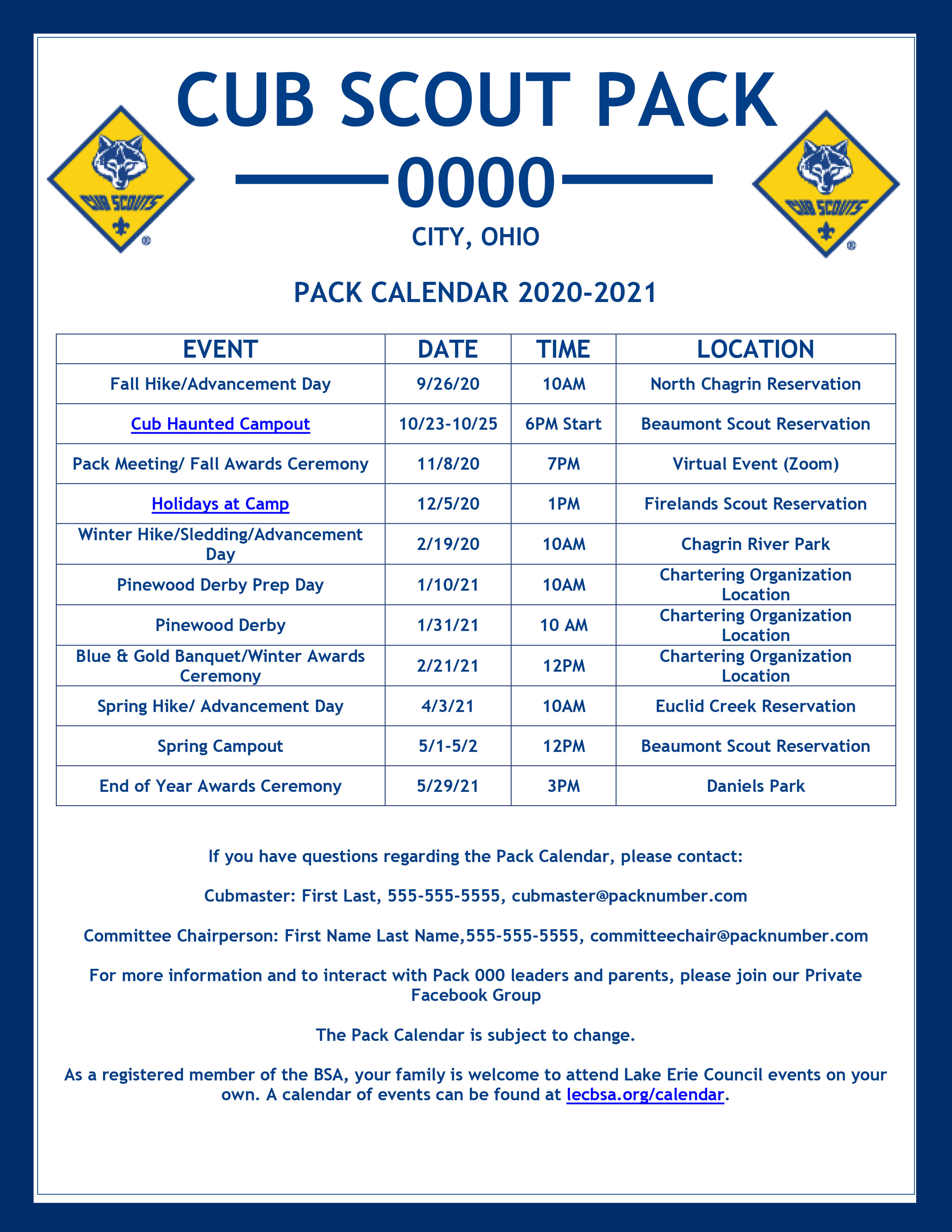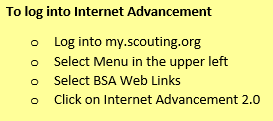You were selected as a Cubmaster and approved by the pack committee because of your character and abilities. It is your responsibility to coordinate the efforts of all the leaders in the pack to deliver the Cub Scouting program the way it is designed. If you are looking for resources to engage new families, please visit our Membership Resources Page.
Print resources
A variety of resources are available to help you succeed as a Cubmaster. Click the images below to download each document.
cubmaster Digital responsibilities
As a member of your pack’s Key 3, the Cubmaster has an important role in utilizing Scoutbook and My.Scouting.org to provide a seamless program to families.
scoutbook
From the first knot tied to final hours of service performed, the Scouting experience is a journey like none other. And Scoutbook is your go-to tool to ensures not a moment is missed - tracking advancement, milestone achievements and all the fun along the way.
Getting Your Unit Started in Scoutbook
If you have a my.Scouting account, you can login to Scoutbook.com with your my.Scouting credentials. If the my.Scouting account is connected to a BSA Member ID, it will be matched with the appropriate Scoutbook unit and access is automatically provided to that unit.
MY.SCOUTING.ORG
My.Scouting is an important website for Scout leaders and families. On this site, you as the Cubmaster can view the members of your unit, complete online trainings, accept online applications, connect with prospective families, and update your Pack’s information on BeAScout.org.
BeAScout PIN: Instructions for Updating your PIN
Application Manager: Instructions for Application Manager
Invitation Manager: Instructions for Invitation Manager
internet advancement 2.0
Internet Advancement writes to the Scoutbook database so anything approved will instantly show up in Scoutbook (and visa versa.) Also all records are sync’d with the council records automatically within 48 hours.
Internet Advancement 2.0 allows units to log advancement if they do not utilize Scoutbook. It is also where your pack will log their service hours.
Pack meeting planning
The pack meeting is the most important and most fun responsibility of the Cubmaster. Pack meetings are usually held in a location provided by the chartered organization. Most packs meet once a month. The meeting day and time are set by the pack committee and should be the same each month to prevent confusion. Pack meetings are led by the Cubmaster and last approximately one hour. All dens and their families attend the pack meeting.
1. Preparation: Arrange the room, prepare materials and equipment, confirm who is presenting a special program or award. Confirmation the details of the room setup along with the awards and recognition that will be presented.
2. Gathering: As the Cub Scouts begin to arrive, they join in an informal activity or game, often conducted by a den chief, assistant Cubmaster, or den leader, to keep everyone interested and active until the entire group has arrived. The gathering activity must be done prior to the formal start of the meeting as it encourages everyone to arrive on time so the meeting can start on time. A gathering activity is optional.
3. Opening: The opening is the official start of the pack meeting. It consists of a formal ceremony, usually including a flag ceremony and a group recitation of the Scout Oath and Law.
4. Program: This is the main body of the meeting and should be an engaging and participatory program related to the aims of Cub Scouting. This part of the pack meeting is reserved for dens who have requirements for adventures to share or demonstrate something they have learned. This can also be used as a time for a song or skit.
5. Recognition: Awards and recognitions presented in pack meetings are important. Each one represents a great amount of time and effort on the part of the Cub Scout, family, and leaders and should be presented in a special ceremony. The presentation should be worthy of the award and the work that went into it. Recognition of adults is also appropriate during this time.
6. Closing: The closing draws the meeting to an end. It’s usually serious and quiet. The Cubmaster could present a thought for the day or give reminders about coming events.
7. After the Meeting: The leaders review the events of the meeting, finalize plans for the next pack meeting, and review their progress toward the upcoming pack meeting. This is usually done at the next pack committee meeting. Other common pack activities include a blue and gold banquet in February, pinewood derby and space derby, physical fitness competitions, and bicycle safety programs.
If you have any questions or if you would like assistance with your den, please contact the Lake Erie Council Member Care department.








